Environmental activists walked into the lion’s den on Monday night, supporting the notion for a ban on hydraulic fracturing at a meeting of the conservative-leaning Centennial Institute, which favors the controversial oil and gas exploratory process.
The debate included activists Phil Doe and Wes Wilson of the progressive organization, Be The Change.
But the activists did not shake in the face of opposition. In fact, they doubled down, comparing fracking to slavery.
“Slavery had a lot of economic benefits, but it had an ethical problem,” Wilson slammed his opponents. “Bringing fossil fuels is an ethical problem…”
On the other side of the issue were former Sen. Josh Penry, a Republican with oil and gas advocacy group Vital for Colorado, and Simon Lomax with Energy In Depth, an arm of the Independent Petroleum Association of America.
Penry appeared stunned, infuriated that his industry would be compared to the practice of slavery.
“You hear cancer, earthquakes, birth defects, flaming faucets, and now, a comparison of 110,000 people who are working every day… making a good living for their families, as being akin to slavery…” decried Penry. “The slavery thing to me shows me the lengths to which they’ll go, and that’s why in the end, the longer the debate goes, the more confident I am… this will be a non-debate, fracking and oil and gas development will be a large part of our community…”
Former Sen. John Andrews, a Republican who is director of the Centennial Institute, moderated the debate at Colorado Christian University in Lakewood.
Andrews acknowledged that Doe and Wilson were walking into a meeting in which a majority of the audience and the institute itself was supportive of the oil and gas industry, including the energy exploratory process known as hydraulic fracturing, or “fracking.”
Fracking is used in wells by utilizing chemicals, sand and water to create small fractures under the ground in order to stimulate production of new and existing oil and gas wells.
In a policy paper, the Centennial Institute said, “It is fair to conclude that the continued research of these processes, in cooperation with regulatory agencies and in better dialogue with an often misinformed public, has great positive potential to bring our nation’s appetite for abundant, affordable, clean and secure energy back to home shores.”
“I believe in negative rights, specifically the right to life, liberty and the pursuit of happiness, which means that government does not interfere with those things, and that government keeps my neighbor from interfering with those things,” explained Andrews. “I don’t believe in positive rights, such as a right to health care, or a right to a good job, or… a right to clean air.”
But environmentalists believe citizens have a right to clean air, and they point to the oil and gas industry as a leading polluter. Wilson pointed out that even Gov. John Hickenlooper, a Democrat and former geologist who supports fracking, has said that oil and gas is responsible for significant pollution in the state.
At a news conference in November, Hickenlooper and his administration said that recent regulations on methane would reduce volatile organic compounds, or VOCs, by approximately 92,000 tons per year. That’s more VOC emissions than are emitted by all cars in Colorado in a year.
Prompted by a question from The Colorado Statesman, Hickenlooper clarified, “This isn’t just leaks from wells, this is every leak there is in the universe… while this is earth shattering and significant, it’s not that earth-shattering.”
Wilson, however, believes that by the governor’s own admission; oil and gas exploration is polluting the state’s environment.
“The industry has been acknowledged by the governor that it releases toxic air emissions…” Wilson said during opening remarks of the debate. “We know… that the industry releases toxic gas, and it imposes it on you… Does that sound American?”
Doe made the argument for allowing local governments to ban fracking. Five municipalities in Colorado have banned fracking. But legal questions remain unanswered. The state and the oil and gas industry believe that the bans violate state law by allowing local governments to overstep the authority of the state. Lawsuits are pending.
In an attempt to address the concerns, so-called “fractivists” are proposing a ballot initiative that would authorize local jurisdictions to enact regulations on the oil and gas industry. They argue, however, that home-rule already constitutionally allows local governments to enact their own rules and regulations. The ballot question would codify that legal perspective.
“They have a right to determine what their city looks like,” explained Doe. “That can’t be taken away by the oil and gas industry… and it can’t be taken away by the governor and it can’t be taken away by the legislature… That is our absolute right and we have to fight to preserve it.”
Wilson and Doe pointed to numerous statistics, including studies that have shown that fracking causes birth defects, contaminates water and results in toxic leaks, including that of methane.
But for every study that the environmentalists show, the oil and gas industry has another study to show that the practice is safe.
“It is a matter of fact, it is a matter of empirical evidence, it is a matter of science — the debate about the safety of hydraulic fracturing is over,” said Penry. “Is fracking safe? The answer is beyond a reasonable doubt emphatically yes.”
He said the issue has become political because the goal of fractivists is not to necessarily ban fracking, but to prohibit all fossil fuels.
“It seems that the fractivists have picked up on a strategic page from the Republican playbook,” quipped Penry. “Who says it isn’t cool to belong to the party of no.”
Lomax took it a step further, pointing to major players behind the anti-fracking movement, including Food and Water Watch, which played a large role pushing fracking bans in Colorado’s five communities.
“You have this political campaign that says hydraulic fracturing is inherently unsafe and must be banned. But is that really true?” asked Lomax.
He went on to point out that fracking has been around for more than 60 years in more than one million wells. He said even the Environmental Protection Agency said there is no evidence of contamination as a result of the process.
Fracked wells include steps to protect drinking water supplies, including steel surface and intermediate casings that are inserted deep inside the well, explained Lomax.
But Wilson said the issue is more about unintended consequences with the construction of the wells.
“It wasn’t the fracking practice, it was the incomplete construction of the wells and improper geologic separation,” explained Wilson, a former EPA analyst who raised concerns to Congress regarding threats to water from fracking. He was also featured in the anti-fracking documentary “Gasland.”
Wilson acknowledged that the fracking issue has stolen the spotlight when it truly serves to highlight concerns with the overall oil and gas industry.
“We have a difference in language,” he said. “I ask you now, don’t you think it’s appropriate that the broad group of citizens is using fracking to mean the entire industry?”
But Penry laughed when Wilson suggested that the debate is not so much about fracking as much as it’s about oil and gas in general.
“You chose — you being your side, and god bless you — you chose the language…” Penry reminded the audience. “I actually appreciate the fact that they sort of disclosed that the ban on fracking is a mere proxy for a ban on oil and gas development. Usually they’re not that forthright.”
Working off that premise, Penry suggested that there can’t be renewable energy — such as wind and solar — without natural gas because there needs to be a traditional backup. He also said that natural gas is helping to reduce emissions.
“If climate change keeps you awake at night — it doesn’t me — but for those of you, if climate change keeps you awake at night, you’ll be glad to know that because of the increased role of natural gas-powered electricity in our society… carbon emissions in the United States are in decline,” said Penry.
Doe took a jab at Penry, suggesting that he should speak with homeowners along the Western Slope who have been impacted by oil and gas development. Penry previously lived in Grand Junction before moving to the Front Range.
“I grew up in Grand Junction, my friend,” Penry responded to Doe. “I don’t remember seeing you there. We suffered through some pretty good times.”
Doe replied, “Maybe you moved here to get away from it…
“Most of the water of the world is… groundwater. What we’re doing is destroying the future in a very real sense,” he continued.
Penry took offense to the statement, suggesting that Doe and fellow environmentalists were placing an unfair burden on hard-working families who are employed by the oil and gas industry.
“Let’s talk about real people,” said Penry. “If you were to enact a fracking ban tomorrow, about 110,000 jobs are gone… I think the provocative language is outrageous and offensive to people who work in this industry…
“If you pass a fracking ban tomorrow, 110,000 families… will not be able to pay their mortgage or put food on their table for their families,” he continued.
“I wish that when you advocate for your preferred energy technology, you would maybe refrain from talking about destroying children’s futures and laying those kinds of highly inflammatory statements at the feet of oil and gas workers who are mothers and fathers…” added Lomax.
Source: The Colorado Statesman.
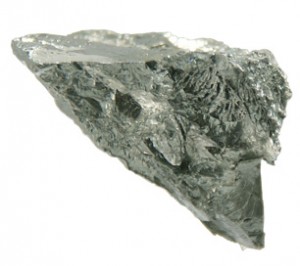 water suppliers around the world in the face of public demand for safe but inexpensive water.–Hardly Waite.
water suppliers around the world in the face of public demand for safe but inexpensive water.–Hardly Waite.



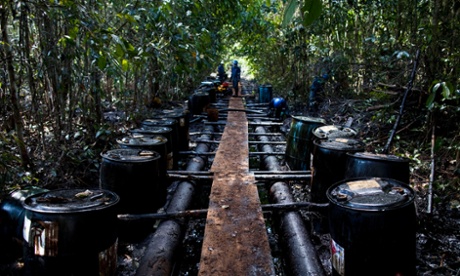
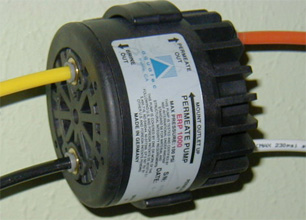
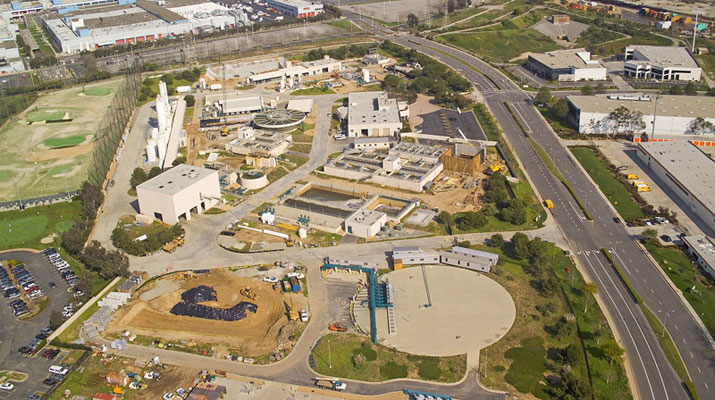
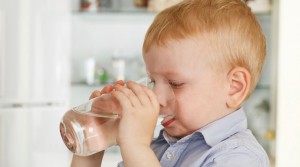
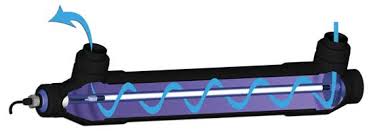
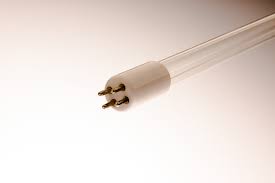
![WATTS_UV_SYSTEM_3[1]](http://www.purewatergazette.net/blog/wp-content/uploads/2012/05/WATTS_UV_SYSTEM_31.jpg)

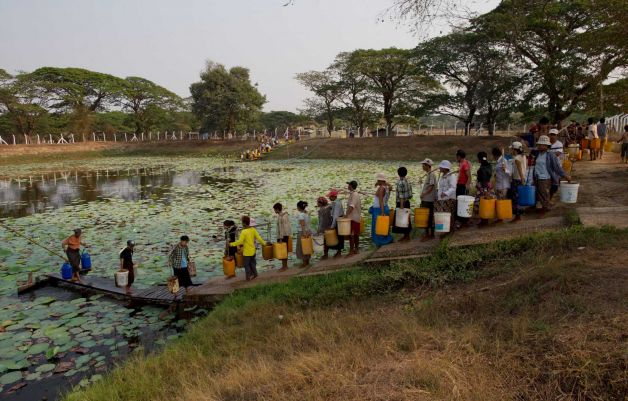
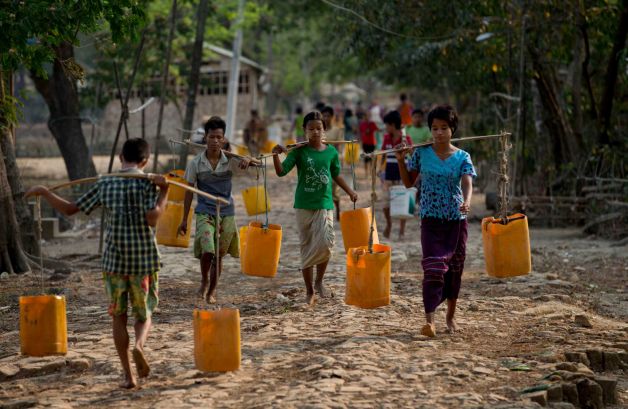

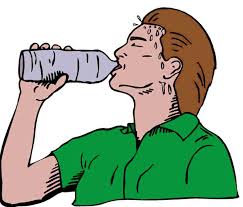
![coffeeclassic[1]](http://www.purewatergazette.net/blog/wp-content/uploads/2012/10/coffeeclassic1.jpg)
